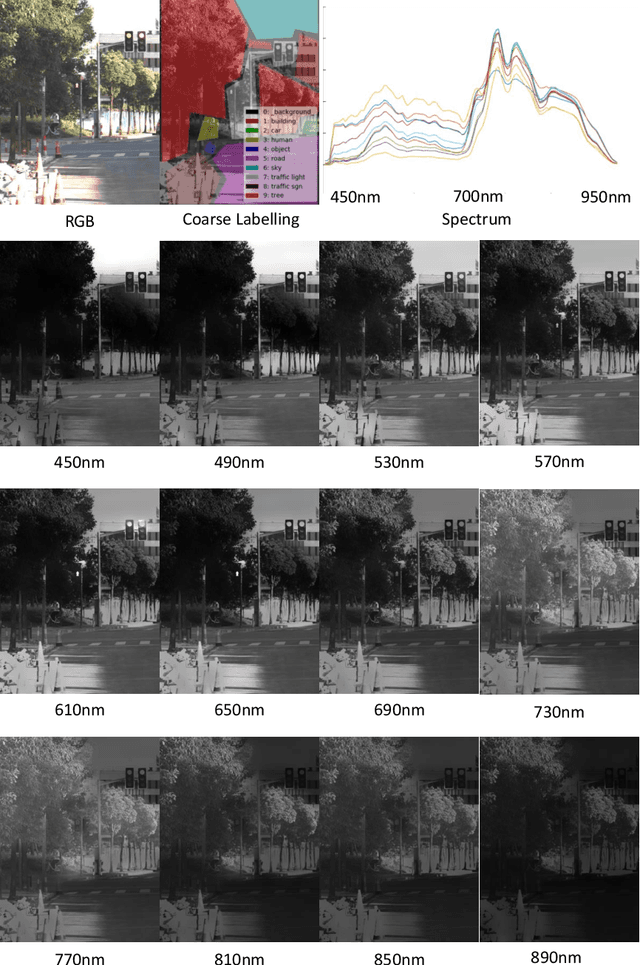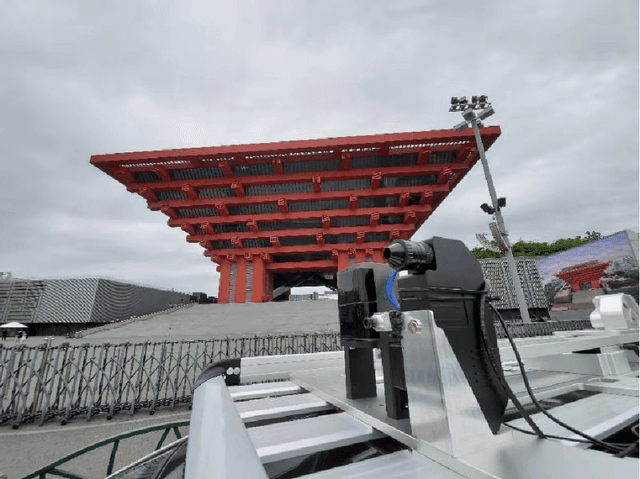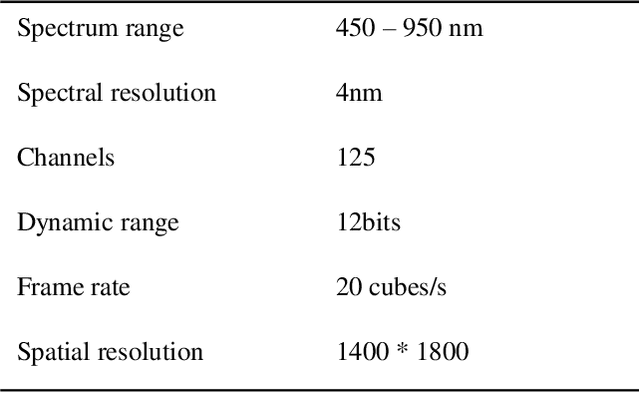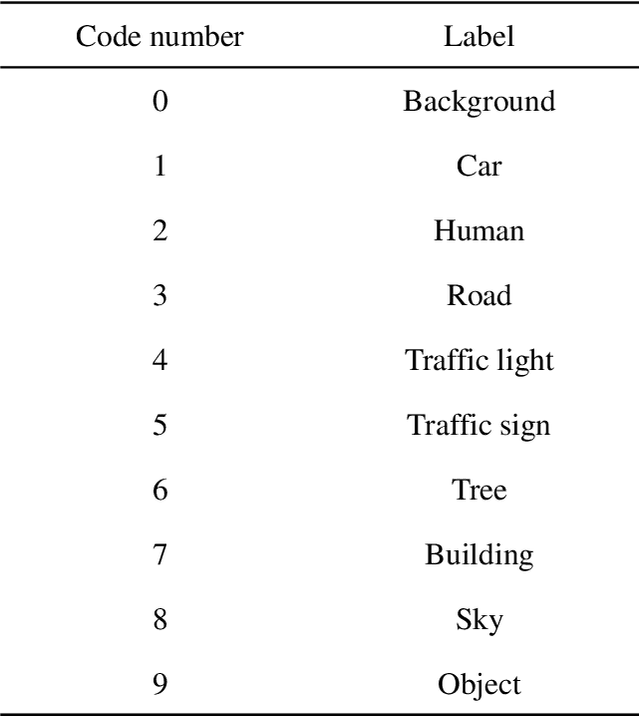Shuaizhe Liang
A Label-Free High-Precision Residual Moveout Picking Method for Travel Time Tomography based on Deep Learning
Mar 08, 2025Abstract:Residual moveout (RMO) provides critical information for travel time tomography. The current industry-standard method for fitting RMO involves scanning high-order polynomial equations. However, this analytical approach does not accurately capture local saltation, leading to low iteration efficiency in tomographic inversion. Supervised learning-based image segmentation methods for picking can effectively capture local variations; however, they encounter challenges such as a scarcity of reliable training samples and the high complexity of post-processing. To address these issues, this study proposes a deep learning-based cascade picking method. It distinguishes accurate and robust RMOs using a segmentation network and a post-processing technique based on trend regression. Additionally, a data synthesis method is introduced, enabling the segmentation network to be trained on synthetic datasets for effective picking in field data. Furthermore, a set of metrics is proposed to quantify the quality of automatically picked RMOs. Experimental results based on both model and real data demonstrate that, compared to semblance-based methods, our approach achieves greater picking density and accuracy.
Hyperspectral City V1.0 Dataset and Benchmark
Aug 13, 2019



Abstract:This document introduces the background and the usage of the Hyperspectral City Dataset and the benchmark. The documentation first starts with the background and motivation of the dataset. Follow it, we briefly describe the method of collecting the dataset and the processing method from raw dataset to the final release dataset, specifically, the version 1.0. We also provide the detailed usage of the dataset and the evaluation metric for submitted the result for the 2019 Hyperspectral City Challenge.
 Add to Chrome
Add to Chrome Add to Firefox
Add to Firefox Add to Edge
Add to Edge